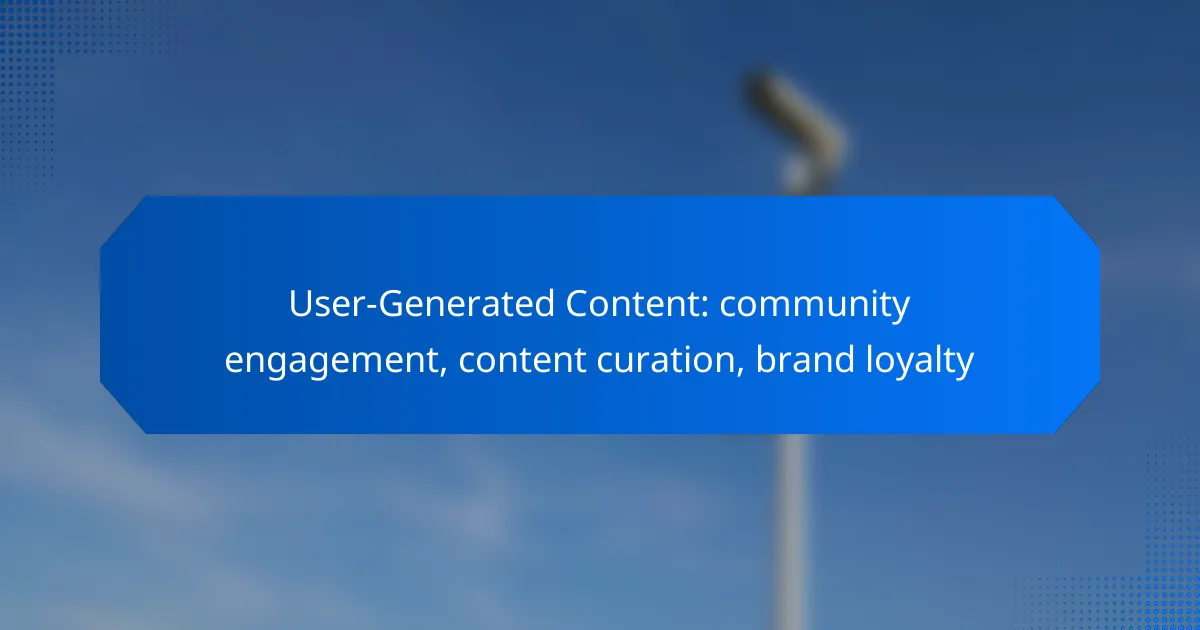
Implementing effective SEO strategies is crucial for enhancing the online presence of Australian websites. By focusing on thorough keyword research, on-page optimization, and strategic backlink building, businesses can significantly improve their visibility in search engine results and attract targeted traffic. These foundational practices not only boost rankings but also enhance the overall performance of a website.

What are effective SEO strategies for Australian websites?
Effective SEO strategies for Australian websites include thorough keyword research, on-page optimization, and strategic backlink building. These practices help improve visibility in search engine results, attract targeted traffic, and enhance overall site performance.
Keyword research techniques
Keyword research is the foundation of SEO, helping identify terms and phrases that potential customers use to find products or services. Utilize tools like Google Keyword Planner, SEMrush, or Ahrefs to discover relevant keywords with good search volume and manageable competition.
Focus on long-tail keywords that are specific to the Australian market, as they often have less competition and higher conversion rates. For instance, instead of targeting “shoes,” consider “men’s running shoes Australia” to attract a more targeted audience.
On-page optimization methods
On-page optimization involves enhancing individual web pages to rank higher and earn more relevant traffic. Key elements include optimizing title tags, meta descriptions, header tags, and content with targeted keywords while ensuring readability and user engagement.
Ensure that your website is mobile-friendly and loads quickly, as these factors significantly impact user experience and search rankings. Tools like Google PageSpeed Insights can help identify areas for improvement.
Backlink building strategies
Backlink building is crucial for improving domain authority and search rankings. Focus on acquiring high-quality backlinks from reputable Australian websites, such as industry blogs, news outlets, and local directories. Guest blogging and partnerships can be effective methods for gaining these links.
Monitor your backlink profile using tools like Moz or Ahrefs to ensure you maintain a healthy link profile and disavow any harmful links. Aim for a diverse backlink portfolio to strengthen your site’s credibility and visibility in search results.

How to conduct keyword research for SEO?
Keyword research for SEO involves identifying the terms and phrases that potential customers use when searching for products or services. Effective keyword research helps optimize content to rank higher in search engines, ultimately driving more traffic to your website.
Using Google Keyword Planner
Google Keyword Planner is a free tool that helps you discover new keywords and see how a list of keywords might perform. To use it, create a Google Ads account, access the tool, and enter relevant terms or your website URL to generate keyword ideas.
When analyzing the results, pay attention to metrics like average monthly searches and competition level. Focus on keywords with a good balance of search volume and manageable competition to maximize your chances of ranking well.
Analyzing competitor keywords
Analyzing competitor keywords involves researching the keywords that your competitors rank for in search engine results. Tools like SEMrush or Ahrefs can help you identify these keywords, giving you insights into their strategies and potential gaps in your own.
Look for keywords that have high search volumes but low competition among your competitors. This can reveal opportunities to target niche areas that your competitors may have overlooked, allowing you to capture more traffic.
Identifying long-tail keywords
Long-tail keywords are longer, more specific phrases that typically have lower search volumes but higher conversion rates. These keywords often reflect user intent more accurately, making them valuable for attracting targeted traffic.
To identify long-tail keywords, consider using tools like Answer the Public or Google’s autocomplete feature. Aim for phrases that include three or more words, as they often indicate a more specific search query. Targeting these can improve your chances of ranking well and meeting user needs effectively.

What are best practices for on-page optimization?
On-page optimization involves enhancing individual web pages to improve their search engine rankings and user experience. Key practices include optimizing title tags, improving content quality, and utilizing header tags effectively.
Optimizing title tags and meta descriptions
Title tags and meta descriptions are crucial for SEO as they directly influence click-through rates from search engine results. A well-crafted title tag should be around 50-60 characters and include primary keywords, while meta descriptions should be concise, ideally between 150-160 characters, summarizing the page content compellingly.
Ensure that each title tag and meta description is unique for every page to avoid duplication issues. Avoid keyword stuffing; instead, focus on creating engaging and informative snippets that encourage users to click through to your site.
Improving content quality and relevance
High-quality content is essential for effective on-page optimization. Aim to provide valuable, informative, and engaging content that addresses user intent and incorporates relevant keywords naturally. Regularly updating your content can also enhance its relevance and authority.
Consider using a variety of content types, such as articles, infographics, and videos, to cater to different user preferences. Aim for a content length of at least 800 words, as longer content often ranks better, but ensure that it remains focused and valuable to the reader.
Utilizing header tags effectively
Header tags (H1, H2, H3, etc.) help structure your content and improve readability. The H1 tag should be reserved for the main title of the page, while H2 and H3 tags can be used for subheadings to break down content into manageable sections.
Incorporate relevant keywords in your header tags to signal to search engines what your content is about. However, prioritize clarity and user experience over keyword placement; headers should guide readers through your content logically and intuitively.

How to build quality backlinks?
Building quality backlinks involves acquiring links from reputable websites to improve your site’s authority and search engine ranking. Focus on strategies that foster genuine relationships and provide value to both your audience and the linking site.
Guest blogging opportunities
Guest blogging is an effective way to earn backlinks by contributing content to other websites in your niche. Identify reputable blogs that accept guest posts and align with your audience. Ensure your content is high-quality and relevant to attract readers and encourage them to visit your site.
When reaching out, personalize your pitch and highlight how your article can benefit their audience. Aim for blogs with a good domain authority to maximize the impact of your backlink.
Creating shareable content
Creating shareable content is essential for attracting backlinks organically. Focus on producing high-quality articles, infographics, or videos that provide valuable insights or entertainment. Content that resonates with your audience is more likely to be shared, increasing the chances of earning backlinks.
Consider using data, case studies, or unique perspectives to make your content stand out. Promote your shareable content through social media and email newsletters to reach a wider audience and encourage sharing.
Engaging in local partnerships
Engaging in local partnerships can help you build backlinks while fostering community connections. Collaborate with local businesses, organizations, or influencers to create joint content or events that benefit both parties. This can lead to mutual backlinks and increased visibility.
For example, sponsoring a local event or participating in community initiatives can earn you mentions on local news sites or blogs. Ensure that these partnerships align with your brand values and target audience for maximum effectiveness.

What criteria should be considered for SEO strategy selection?
When selecting an SEO strategy, consider factors such as target audience, competition landscape, and specific goals. These elements will guide your approach to keyword research, on-page optimization, and backlink building.
Understanding target audience
Identifying your target audience is crucial for effective SEO. Understand their demographics, interests, and online behavior to tailor your content and keywords accordingly. Utilize tools like Google Analytics and social media insights to gather data about your audience.
Creating user personas can help visualize your audience segments. For example, if your target audience includes young professionals, focus on keywords and content that resonate with their lifestyle and needs.
Assessing competition landscape
Analyzing your competition is essential for positioning your SEO strategy. Identify key competitors in your niche and evaluate their strengths and weaknesses. Tools like SEMrush or Ahrefs can provide insights into their keyword rankings and backlink profiles.
Look for gaps in their strategies that you can exploit. For instance, if competitors are not targeting long-tail keywords relevant to your audience, this could be an opportunity for you to rank higher in search results.

What advanced techniques can enhance SEO performance?
Advanced techniques such as schema markup and local SEO tactics can significantly boost your website’s visibility and search engine ranking. These strategies help search engines better understand your content and connect with local audiences effectively.
Implementing schema markup
Schema markup is a form of microdata that helps search engines interpret the context of your content. By adding structured data to your website, you can enhance the way your pages appear in search results, often resulting in rich snippets that attract more clicks.
To implement schema markup, identify the types of content on your site, such as articles, products, or events, and choose the appropriate schema types from Schema.org. Use tools like Google’s Structured Data Markup Helper to create and test your markup before deploying it.
Utilizing local SEO tactics
Local SEO tactics are essential for businesses targeting customers in specific geographic areas. This involves optimizing your website for local search queries, ensuring that your business appears in local listings, and engaging with your community online.
Key steps include creating a Google My Business profile, using local keywords in your content, and obtaining reviews from local customers. Additionally, consider local backlinks from community websites or local news outlets to strengthen your authority in the area.

What are emerging trends in SEO for 2024?
Emerging trends in SEO for 2024 focus on enhancing user experience and adapting to technological advancements. Key areas include voice search optimization, AI-driven content strategies, and an increased emphasis on local SEO practices.
Voice search optimization
Voice search optimization is becoming essential as more users rely on voice-activated devices. This trend requires a shift in keyword strategy, focusing on natural language and conversational phrases that users are likely to speak rather than type.
To effectively optimize for voice search, consider implementing long-tail keywords and question-based queries. For example, instead of targeting “best pizza,” aim for “what is the best pizza place near me?” This approach aligns with how people verbally ask questions.
Additionally, ensure your website is mobile-friendly and loads quickly, as voice searches often occur on mobile devices. Regularly updating your content to include FAQs can also improve your chances of appearing in voice search results, enhancing visibility and user engagement.


